Guide/Manual
Feb 09 2022
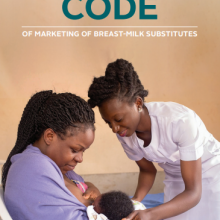
A Quick Guide: The International Code of Marketing for Breast-milk Substitutes
Updated February 2022!
This quick guide summarizes the International Code of Marketing of Breast-milk Substitutes (The Code) and relevant resolutions of the World Health Assembly that help protect breastfeeding around the globe.
Brief
Jan 21 2022
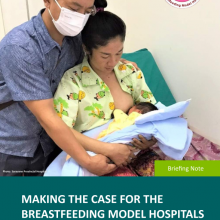
Making the Case for the Breastfeeding Model Hospitals in Lao PDR
Breastfeeding in Lao PDR is widely socially accepted and strongly supported by government policy. While most infants are breastfed, the practice is often sub-optimal: slow initiation, pre-lacteal feeding, and mixed feeding are common.
Guide/Manual
Jan 10 2022
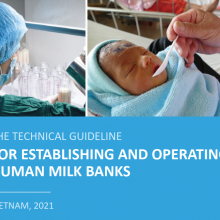
Viet Nam Human Milk Bank Guidelines
This document outlines the technical guidelines for establishing and operating Human Milk Banks in Viet Nam, providing a basis for health facilities providing maternity and newborn services.
Brief
Sep 09 2021
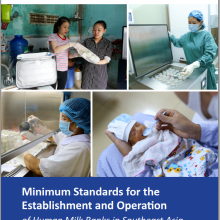
Minimum Standards for the Establishment and Operation of Human Milk Banks in Southeast Asia
Human milk bank services are an essential component of a breastfeeding-friendly health system. Such services give small and sick babies access to the multiple benefits of breastmilk by providing safe donor human milk.
Journal article
Aug 18 2021
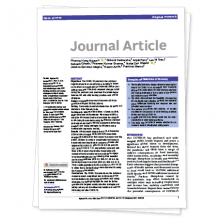
Combining intensive counseling by frontline workers with a nationwide mass media campaign has large differential impacts on complementary feeding practices but not on child growth: results of a cluster-randomized evaluation (Menon P., 2016. J of Nutr)
Complementary feeding (CF) contributes to child growth and development, but few CF programs are delivered at scale. Alive & Thrive (A&T) addressed this in Bangladesh through intensified interpersonal counseling (IPC), mass media (MM), and community mobilization (CM).
Journal article
Mar 29 2021

Human milk banks in the response to COVID-19: a statement of the regional human milk bank network for Southeast Asia and beyond (Olonan-Jusi, E., 2021. International Breastfeeding Journal)
This statement from the Regional Human Milk Bank Network for Southeast Asia and Beyond examines the insufficient guidance on the use of donor human milk and the role of human milk banks in in clinical management guidelines for COVID-19 pandemic response.

